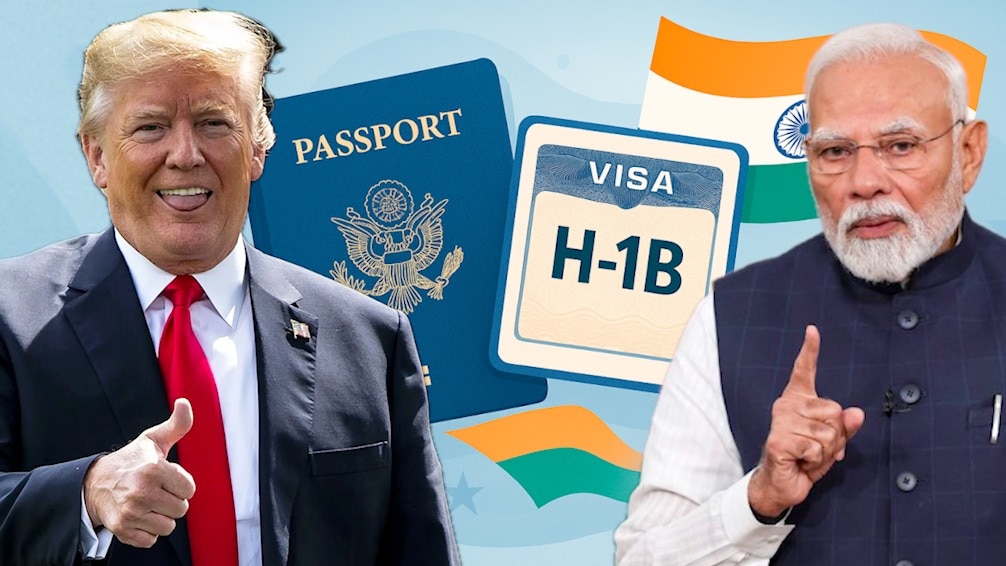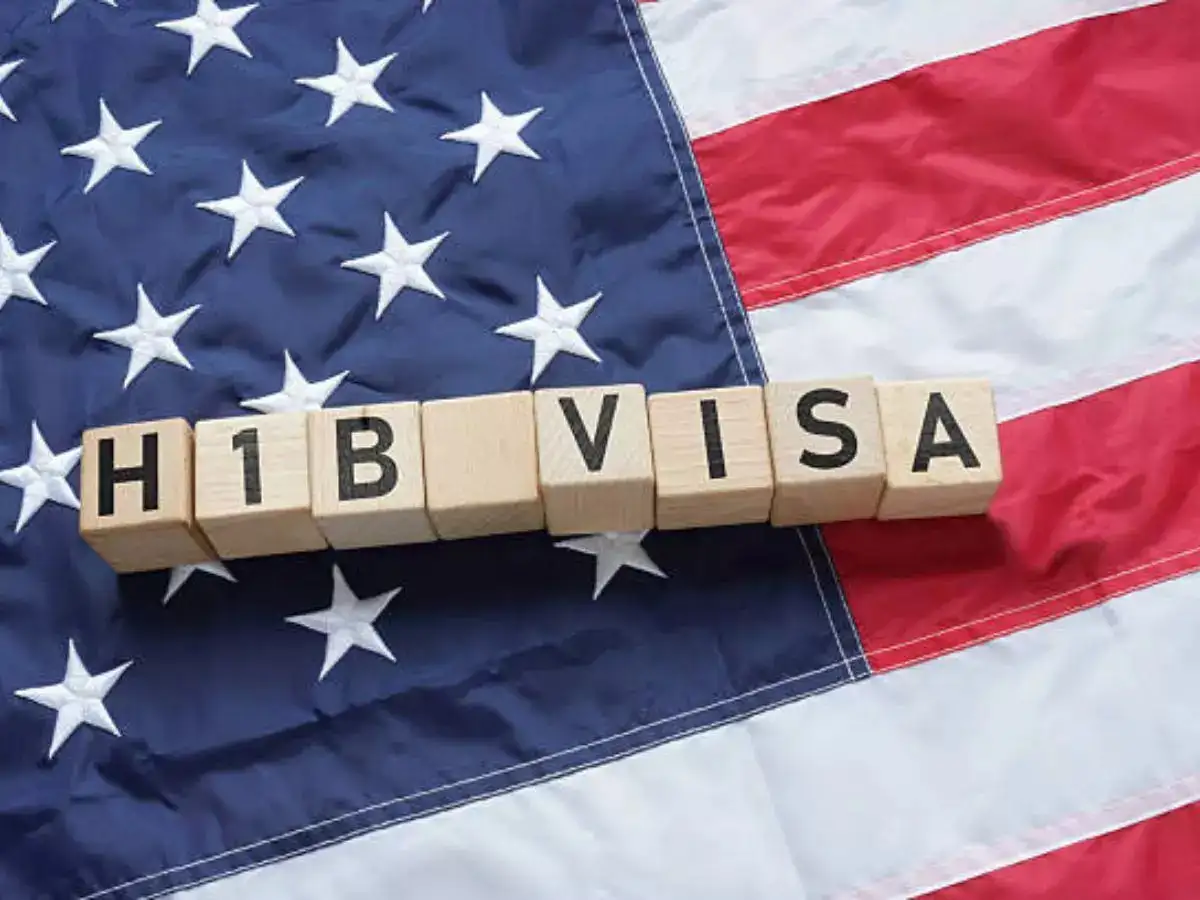New $100,000 H-1B Fee Reshapes Employer Sponsorship, Impacts Overseas Applicants
This unprecedented H-1B fee introduces significant financial hurdles for employers seeking to hire global talent, fundamentally altering international recruitment strategies for specific applicant groups.
Subscribe to our newsletter and stay informed about latest H1B news, policy updates and and other developments.
Article Summary
A new $100,000 fee for H-1B visa applications, introduced by the Trump administration, is causing major US employers to limit or pause sponsorship for foreign workers. This fee specifically targets new overseas applicants without valid US immigration status, while current H-1B holders and those changing status remain exempt. Companies like Nvidia plan to absorb costs, but others such as Walmart and Cognizant are adjusting hiring strategies due to the policy's cost-prohibitive nature.
Original Article: outlookbusiness.com
[ Sentiment: negative | Tone: factual ]
This summary and analysis were generated by TheNewsPublisher's editorial AI. This content is for informational purposes only; it does not constitute legal or immigration advice.
[ Sentiment: negative | Tone: factual ]
This summary and analysis were generated by TheNewsPublisher's editorial AI. This content is for informational purposes only; it does not constitute legal or immigration advice.
TNP AI: Key Insights
This unprecedented $100,000 H-1B fee represents a significant departure from historical H-1B cost structures, which typically involved smaller, statutory fees for fraud prevention and training. It creates a substantial financial barrier for employers, particularly smaller and midsize firms, looking to hire skilled professionals directly from overseas, thereby shifting recruitment focus and potentially stifling innovation.
For skilled professionals abroad, this policy significantly limits their direct pathway to U.S. employment via H-1B sponsorship, compelling them to consider other international opportunities or explore alternative U.S. visa categories if eligible. Employers may increasingly prioritize candidates already in the U.S. on statuses like F-1 OPT or consider expanding their talent search in countries like Canada or the UK, which often have more streamlined and cost-effective skilled worker visa programs.





